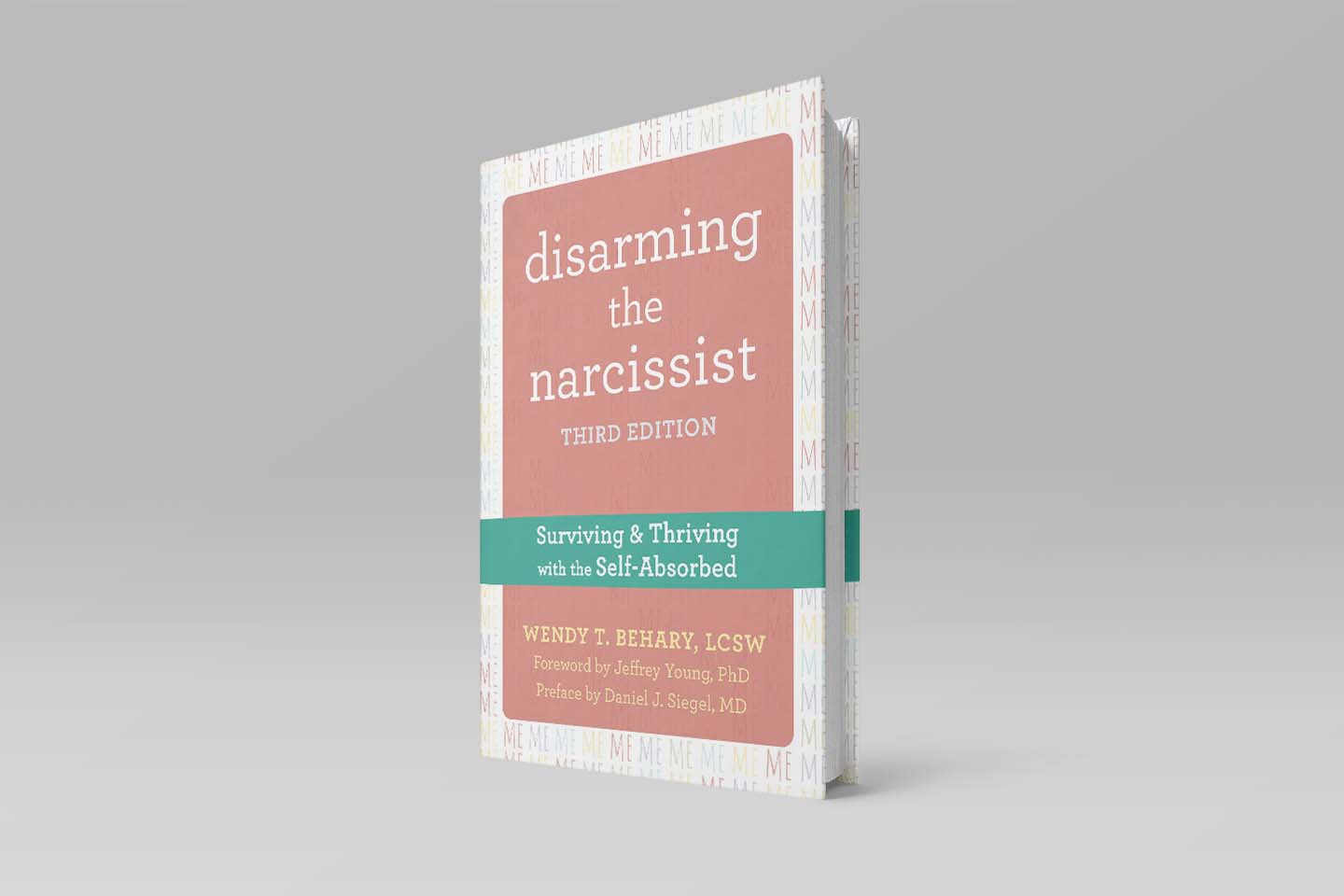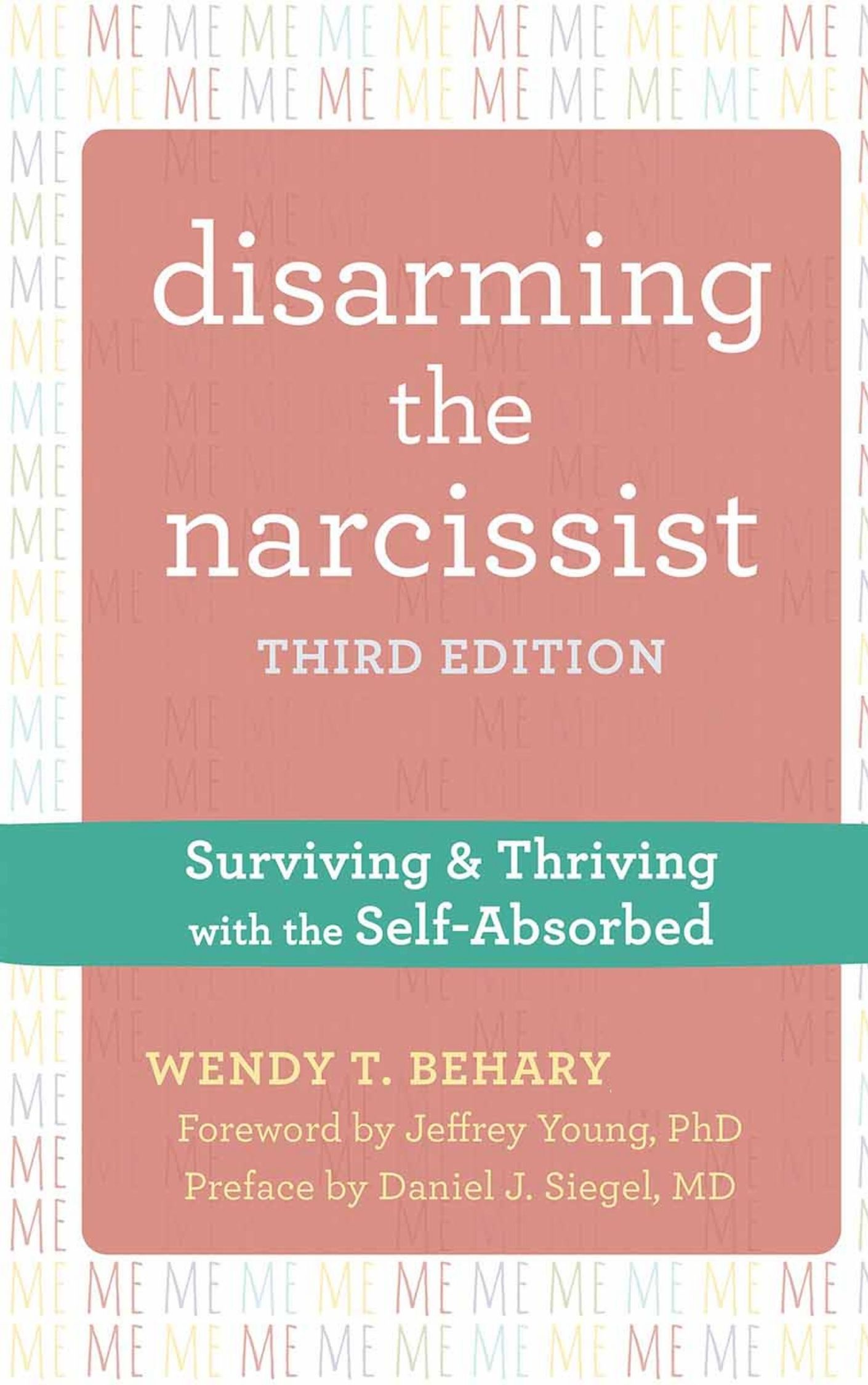Understanding Narcissism
Tips and Techniques for Recognizing and dealing with Narcissists
“They seem well-assembled and self-assured, sometimes with a saccharine wit,” says Behary, cautioning that they can also “quickly pull the rug out from under you, reducing you to boredom, tears, apprehension, or disgust without a flinch.”
Typically, narcissists display ten of the following thirteen traits:
- Self-absorbed – Acts like everything is all about him or her
- Entitled – Makes the rules; breaks the rules
- Demeaning – Puts you down, bullyish
- Demanding – of whatever he or she wants
- Distrustful – Suspicious of your motives when you’re being nice to him or her
- Perfectionistic – Rigidly high standards – his or her way or no way
- Snobbish – Believes he or she is superior to you and others; gets bored easily
- Approval seeking – Craves constant praise and recognition
- Unempathic – Uninterested in understanding your inner experience or unable to do so
- Unremorseful – Cannot offer a genuine apology
- Compulsive – Gets overly consumed with details and minutiae
- Addictive – Cannot let go of bad habits; uses them to self soothe
- Emotionally detached – Steers clear of feeling
Quick Tips for therapists
Navigating Narcissism and Maintaining Momentum In Treatment
Most narcissistic clients will only reluctantly agree to go to therapy if a significant person in their life is threatening to leave them, or if someone is threatening their comfort, their reputation, or their status if they don’t.
The amount of leverage, or “meaningful” consequences the narcissist faces helps determine the possibility of maintaining the motivation and compliance necessary for achieving an effective treatment outcome. Additionally, the therapist needs to cultivate a robust connection with this client, as narcissists are more prone to disappearing into a state of hyper-autonomy, entitlement, and self-aggrandizement. Therapists must be sturdy enough to show up as a “real” person, not just an expert, to bypass the cynical, approval-seeking, charming, defiantly avoidant, and tough-guy modes. The therapist engages in the role of a (limited) reparenting agent for the vulnerable part of this larger-than-life client, tucked behind the “masks”.
Keep the Leverage High
The therapy relationship becomes a microcosm for the narcissist’s real-world relationships. It is also the platform for creating corrective emotional experiences without devaluing an often highly sensitive individual. The therapist uses moment-to-moment experiences to consistently point out relevant possibilities of loss and predictable consequences if they refuse to do the emotional work, thus fortifying the leverage for change.
Keep a Robust Connection
The use of an audio flashcard can help to strengthen the internalization of a healthy adult’s response under triggering conditions, while acting as a custom-fit transitional object for the mid-session days. It provides a lively attachment to the therapy relationship and keeps the client connected to relevant treatment goals—goals that often emerge within the domain of interpersonal ruptures with loved ones and others. It takes only a couple of minutes to record (in front of the client) reminders, praise, practice exercises for homework, etc., that they can listen to throughout the week, in between sessions.
Keep a Sturdy “Realness” in the Treatment Room
As therapists, we are accustomed to keeping ourselves current with literature and our treatment approaches. Working with narcissists may be one of the toughest challenges we face in our industry. They can push our buttons like almost no other client. Here are some suggestions for how to become more sturdy, credible, and sensitive to the needs of these unruly types:
- Enter into self-therapy in supervision, or psychotherapy
- Engage in continuing education about narcissism and the fragile world that lies beneath the facades
- Consider the use of their childhood photos to assist you in maintaining a view of the narcissist as vulnerable at the core, while empathically confronting them
Quick Tip by New Harbinger…Copyright ©2014 New Harbinger Publications, Inc., All rights reserved.
“Anyone whose life predicament includes dealing with a narcissist will be well-advised to read Wendy Behary’s book and heed her advice…”
-Daniel Goleman, author of ‘Emotional Intelligence’
Third Edition now available
The 3rd edition includes some new and elaborated content:
- New information on shame, hypersexuality, and infidelity in narcissism
- Legal information to help you if you are divorcing a narcissist;
- The impact of narcissism on children
How to Talk to a Narcissist
Tip #1: The Show Off
When dealing with the show-off, recognize that you are in the company of someone who hungers for the adoration and envy of others… ignore [their] obvious solicitations and instead offer positive feedback for the simple and ordinary niceties of the interaction.
—from “Disarming The Narcissist”
Often times they are the most charming person in the room, radiating brightness and confidence. It is not hard to understand how narcissist—those exhibiting traits of narcissistic personality disorder—make their way into our lives. We marry them, we accept jobs from them, we invite them to our card games. But eventually the flip side of their personality comes to light. What you once believed was confidence you now recognize as arrogance; and it is no longer their charm that takes your breath away, but rather their sense of entitlement and lack of empathy. When the illusion has been shattered and you recognize the narcissist in your life for who they are, “Disarming The Narcissist” will help you figure out what to do next. Communicating with a self-absorbed person is tricky and frustrating, and sometimes intimidating. How do you get them to understand your point of view? Wendy Behary explains to the lay reader that an essential and effective strategy is the use of empathic confrontation, i.e., “I get it, but…”
Buy Now

Paperback

E-Book



